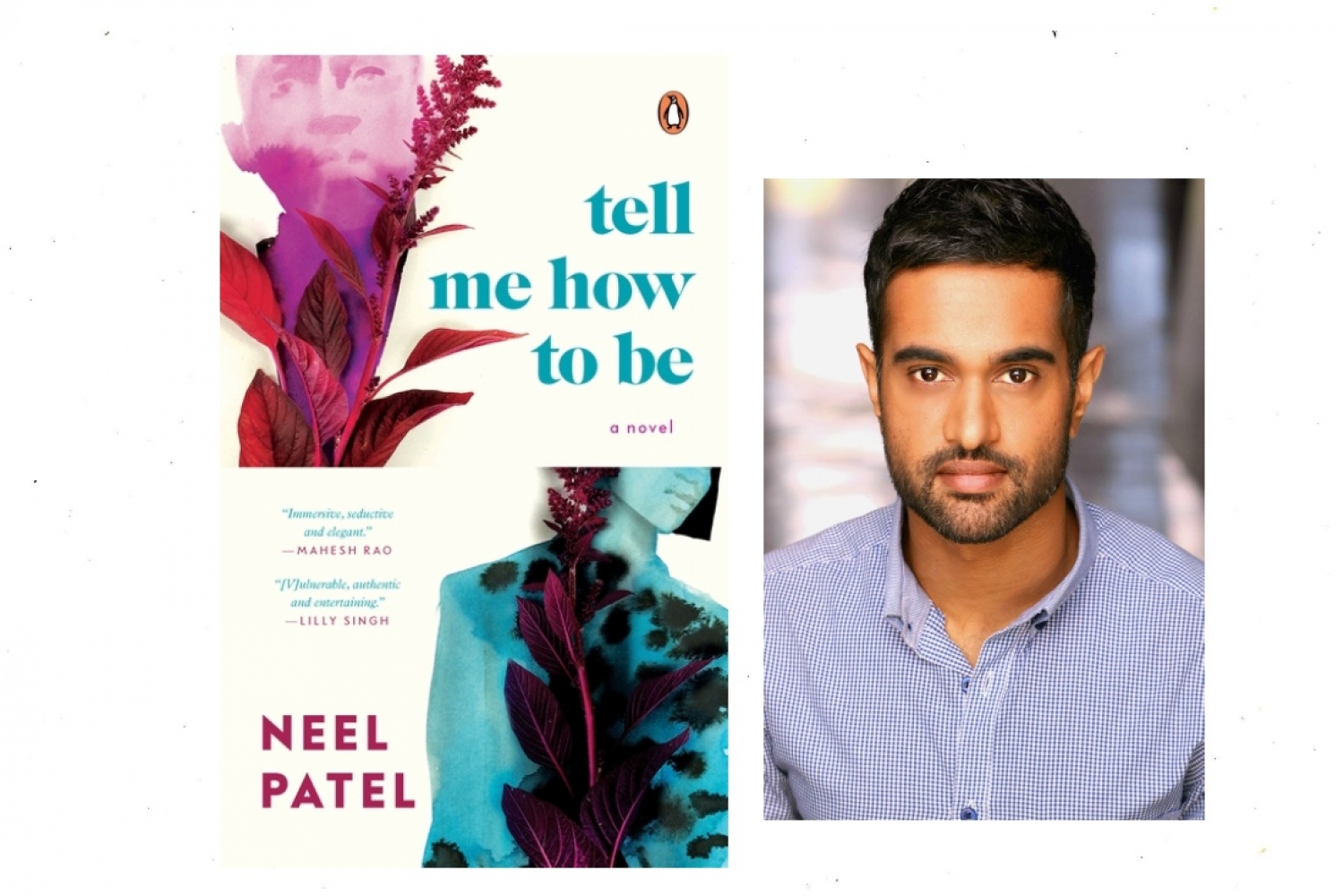

“I started writing in college after reading The Namesake by Jhumpa Lahiri. It was the first time I had ever encountered the work by someone writing about life in America as a South Asian. While I loved Lahiri’s prose, I also felt that I had a different story to tell. Seeing her work in print made writing feel possible,” shares Neel Patel, whose highly-acclaimed debut collection of short stories, If You See Me, Don’t Say Hi, reflected the desire to give voice to first-generation Indian Americans like him. Now, his recently released debut fiction novel, Tell Me How To Be, is further inspired entirely by his roots, “I grew up in a small Midwestern town, gay and brown, with Indian parents from East Africa. I felt very isolated and confused. Back then, no one knew anything about Indians and I felt like I was constantly explaining myself to people, teachers, classmates, everyone. I think that sense of isolation has inspired all of my work.”
Read more about the book’s creation below:
THE BOOK
Tell Me How To Be unfolds as Akash returns to his childhood home in Illinois, after his mother decides to sell it. This journey proves insightfully revelatory, as the narrative oscillates between their past and present. “The book is a dual love story, about a mother and son reaching into the past, while reconciling the present. It’s about secrets and first love and regret and it’s about saying farewell to who we once were, while, at the same time, figuring out who we are now,” adds Neel.
THE INSPIRATION
There were multiple sources of inspiration behind the book. Firstly, Neel’s own childhood home in Illinois was put up for sale by his parents. “I was suddenly being told I would have to come home and pack up my things and say goodbye to everyone I knew. It was an emotional moment and I think that emotion was what drove me to write the book,” he asserts. Another source, significantly so, was his mother, “I was thinking about her life and many South Asian women like her, who were arranged to marry men and then move across the world to a country they had never seen. I wanted to know what that would look like years later, what their hopes and regrets might be.” And the final source, he shares, was the film Love, Simon. “I cried when I watched that film, not because of any particularly moving performance, but rather the realisation that I had missed something in my life. As a queer man who came of age in the ’90’s — an era very much riddled with homophobia — I had been robbed of my right to young first love,” he confesses.
THE PROCESS
Although Neel’s book is deeply personal, it took him a while to pen it down. “I had previously written a story collection that was part of a two-book deal, so the novel was both necessary and imminent. I couldn’t get out of it and for a while I struggled with the task of creating something that was contracted work, with deadlines and expectations. The shift happened when a couple projects in TV and film didn’t pan out the way I had hoped. It lit a fire within me. I knew I had the book,” reveals the author. As the sale of his childhood home was postponed, he decided to revisit it, along with the memories, and “wrote and wrote and wrote.” When the pandemic hit, it gave him more time and his motivation a boost, propelling him to finish creating this novel.
A paramount literary influence, as he tells me, was Cristina Henriquez’s The Book of Unknown Americans. “It had short chapters and multiple perspectives and it was so propulsive. The story kept building and building and the emotional stakes kept getting higher and higher. I cried towards the end, and I don’t often cry when reading books. The structure of that book, as well as the emotional depth, was a big influence,” he explains.
This article is an all exclusive from our February EZ. To read more such articles, follow the link here.
Text Nidhi Verma
Date 01-03-2022